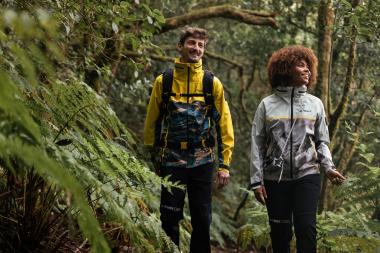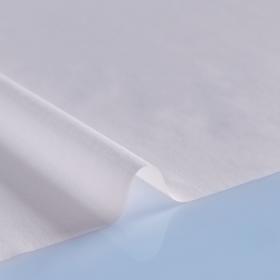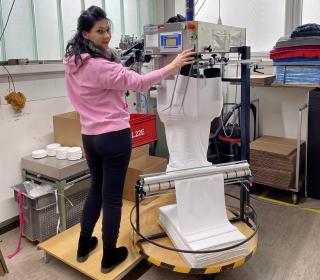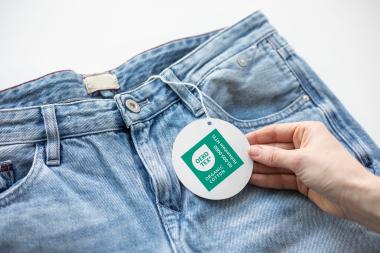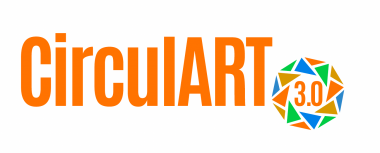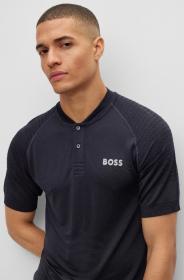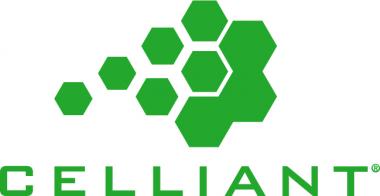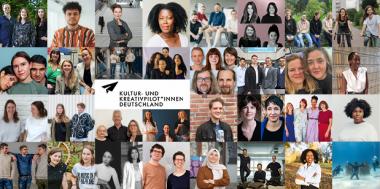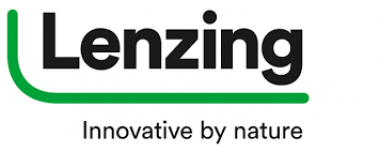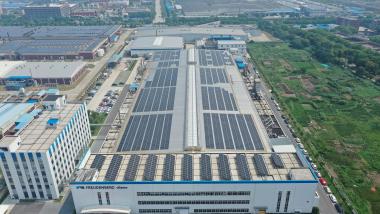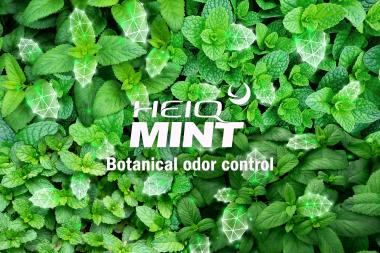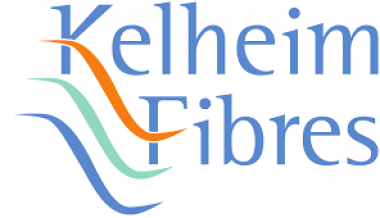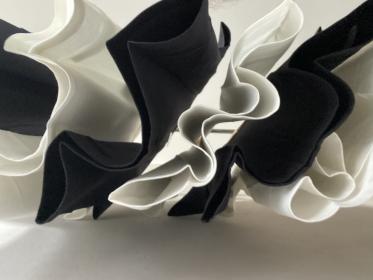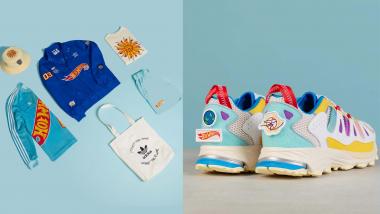HeiQ launches new BOSS x HeiQ AeoniQ™ Polo Shirt
HeiQ announces the next launch of the previously ISPO-awarded BOSS x HeiQ AeoniQ™ polo shirt during the BOSS OPEN tennis tournament in Stuttgart.
The BOSS x HeiQ AeoniQ™ polo shirt is crafted from 87% HeiQ AeoniQ™, a cellulosic yarn derived from certified wood pulp with performance attributes rivaling polyester fabrics’. This seamless garment, manufactured in Europe and born from a collaboration between HUGO BOSS and Swiss innovator HeiQ, is as disruptive as its cellulosic fibers. The polo shirt is available for purchase in the BOSS OPEN pop-up store, as well as online.
The first BOSS x HeiQ AeoniQ™ polo shirt has just been acknowledged with the ISPO AWARD 2023, setting new standards in the field of more sustainable performance apparel.
HeiQ





